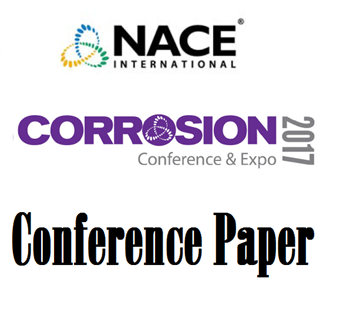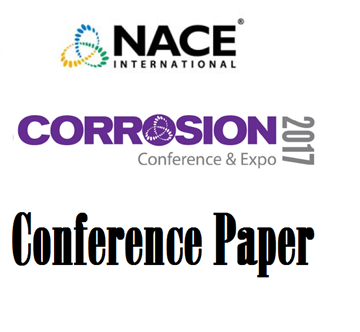Search
51317--9595-Application of Permasense Real-time Ultrasonic Thickness Monitoring at The Geysers
Also Purchased
Non-Intrusive Ultrasonic Corrosion-Rate Measurement in Lieu of Manual and Intrusive Methods
Product Number:
51317--8926-SG
ISBN:
8926 2017 CP
Publication Date:
2017
$20.00
51315-6169-Application of Non-Intrusive Fixed Wireless Thickness Monitoring for Sulfidation Corrosion to Provide Improved Data over Conventional Inspection
Product Number:
51315-6169-SG
ISBN:
6169 2015 CP
Publication Date:
2015
$0.00
High Accuracy Ultrasonic Corrosion Monitoring
Product Number:
51317--8990-SG
ISBN:
8990 2017 CP
Publication Date:
2017
$20.00




